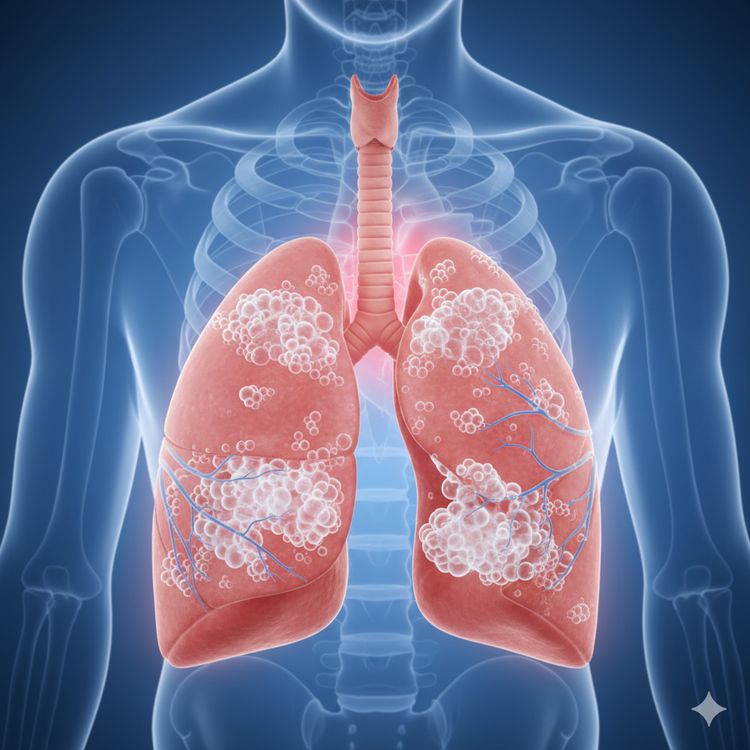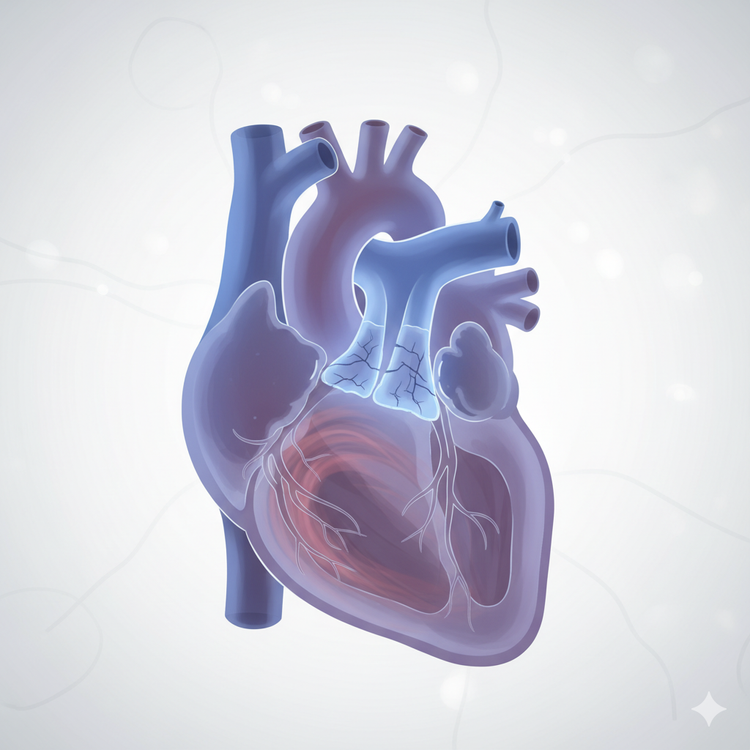What Is Dill? Benefits, Uses, and Nutritional Profile
Dill, scientifically known as Anethum graveolens, is a well-known aromatic plant that is widely used in culinary practices around the world. This herbaceous plant, which...

Dill, scientifically known as Anethum graveolens, is a well-known aromatic plant that is widely used in culinary practices around the world. This herbaceous plant, which...

Pulmonary edema is a serious health condition that involves the accumulation of fluid in the lungs, specifically within the extravascular space. This accumulation of fluid...

The science of blood transfusions has come a long way since its inception in the 17th century, when it was considered a potentially lethal procedure....

Aortic Insufficiency (AI) is a cardiac condition characterized by the inability of the aortic valve to close completely, resulting in the reflux of blood from the aorta to...

Avidin is a protein, commonly found in the egg whites of certain animal species, that has a remarkable affinity for a specific vitamin, and its properties can...

Croup, also known as laryngotracheobronchitis, is a common respiratory ailment that primarily affects young children. This condition is characterized by a unique "barking" cough, a...

The human body is a complex and intricate system of interwoven parts, each playing a crucial role in our overall function and well-being. Among these...